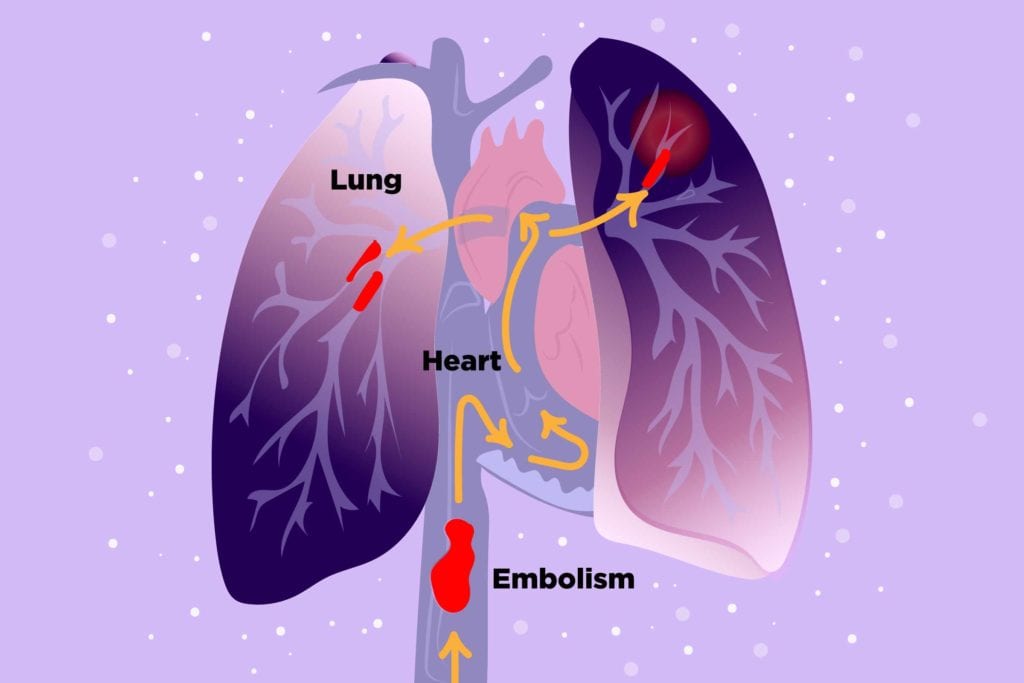

People with ankylosing spondylitis (AS), a type of inflammatory arthritis that causes pain in the lower back where the pelvis and spine meet, are substantially more likely than those without this condition to develop dangerous blood clots that form in the veins, according to a recent study, published in the journal Annals of Rheumatic Diseases.
There are two types of so-called venous thromboembolisms (VTEs) — deep vein thromboses (DVTs), which are clots that form in a deep vein, and pulmonary embolisms, which are DVTs that break off and travel to the lungs. Pulmonary embolisms are life-threatening.
Fortunately, both DVTs and pulmonary embolisms are relatively rare, even in people with AS who have an elevated risk. This study used a database of 7,190 people with AS and found that 47 of them developed a DVT and 35 had a pulmonary embolism during a six-year period.
Previous research has found that other inflammatory conditions, such as rheumatoid arthritis and psoriatic arthritis, also increase the chances of having a VTE. “We now need to study whether or not inflammation-decreasing treatment could reduce the risk of this condition,” study author Antonio Aviña-Zubieta, MD, told Arthritis Research Canada.
Whether you have AS or not, it’s wise to know the warning signs and get help if they develop.
DVTs tend to present as pain in the calf, which is often accompanied by redness and a feeling of warmth in that area.
If a DVT breaks off and becomes a pulmonary embolism, it usually causes:
- Sudden shortness of breath
- Chest pain that gets worse when you cough or try to breathe deeply
- Fainting
- Rapid pulse
- Coughing up blood
A pulmonary embolism is a medical emergency and requires prompt treatment (with blood thinners to break up the clot). When in doubt, call 911 or go to the emergency room.





